
New Film Explores Legacy of The East, a Forgotten 1970s Cultural Organization in Brooklyn

Brooklyn-based filmmakers Tayo Giwa and Cynthia Gordy Giwa have brought a story that needed telling back to life. In their 2022 documentary, The Sun Rises in The East, the pair paints a vibrant picture of the pan-African cultural organization that took over the Brooklyn neighborhood of Bedford-Stuyvesant (Bed-Stuy) in the 1970s. The East was born from impassioned members of Brooklyn’s Black community and inspired pride, confidence, and a sense of family in its members, leaving a powerful legacy that is still visible today.
The East began in 1969, dreamt up by the citizens of a community that felt motivated following the New York City teachers’ strike of 1968. The strikes arose from a community control experiment in the school system, where local Ocean Hill-Brownsville parents were put in charge of making decisions at the school. When the parents chose to fire a handful of white teachers who clearly to showed a lack of care and respect for their students, the strikes began. While these strikes raged on across the greater city community, schools in the Ocean Hill-Brownsville area took charge in a new way. They would not let their doors close and leave their children forgotten. Instead, they hired hundreds of replacement teachers to pick up where New York’s United Federation of Teachers had failed them. Once the community saw how powerful they were on their own, the rest truly is history.
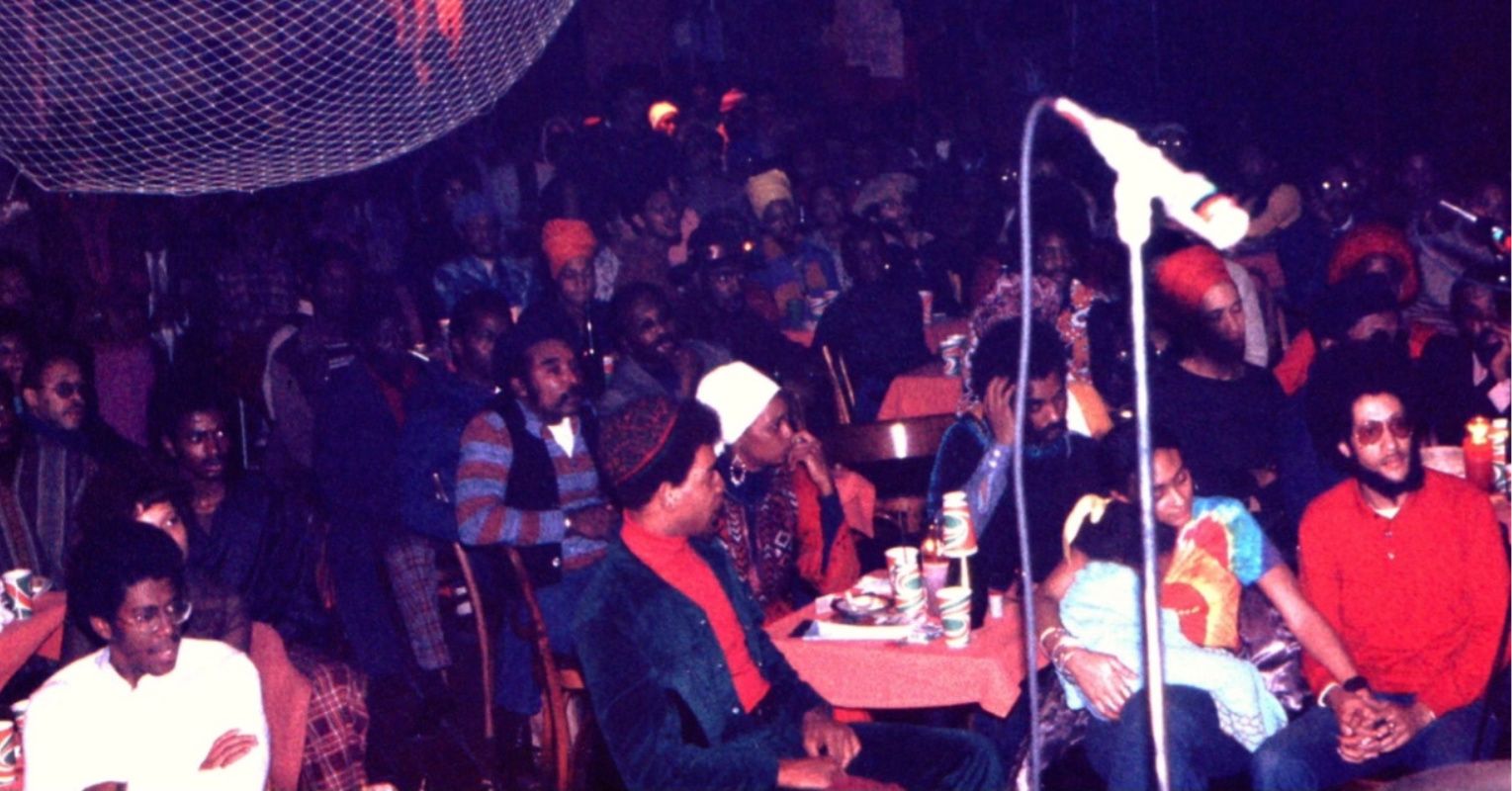
“The East was an organized group of young Black people who decided what liberation from systemic racism would look like, and then they created it,” one of the film’s directors Tayo Giwa says. “They provided a model for how a flourishing, beautiful life — creating the world you want to see — can be a powerful form of resistance.”
From the very beginning, The East took off. Created by leader Jitu Weusi, a former teacher at an Ocean Hill-Brownsville school, along with help from other empowered teachers and students from the African-American Student Association, The East helped to open a school called Uhuru Sasa Shule which in Swahili means “Freedom Now School.” Uhuru Sasa was a school that could finally be run by the local Black community, and shift away from the predominantly white teacher unions that had previously had control. The school fostered a new style of education that grew from teaching subject matter based on the experiences of Black people. Students from Uhuru Sasa learned to stand up for themselves, be proud of their heritage, and feel like strong empowered members of the greater family that The East was building in Brooklyn and throughout New York City. Students participated in anti-apartheid marches and appeared at protests against injustice, learning to become active fighters for freedom and equality at a young age.
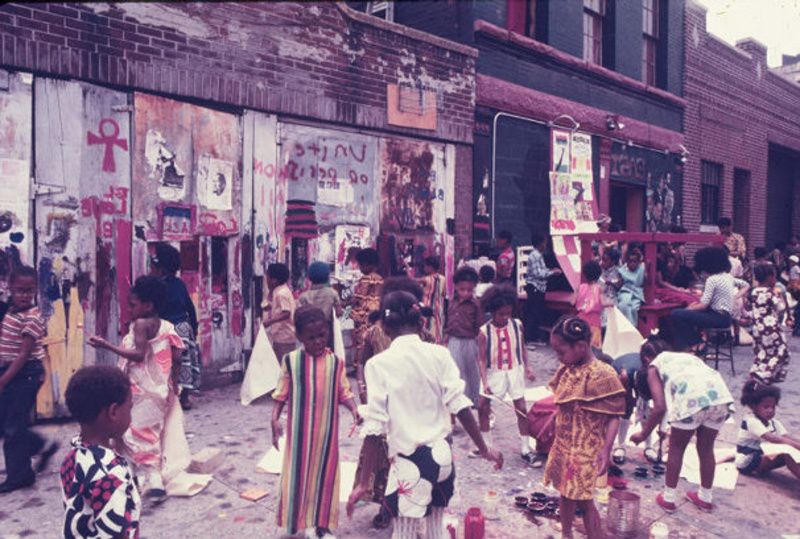
While The East may have begun primarily with education in mind, so much more came from the movement they started. “They created more than a dozen self-sufficient businesses and institutions,” Giwa says. “A food co-op, newsmagazine, bookstore, record label, restaurant, clothing shop, daycare center, a night school for adults, African dance and martial arts classes, a farm in Guyana, and more.” The East was the spark that lit a fire in the Bed-Stuy community, creating a blaze of new African-centered businesses to better inform and support the lives of its citizens. “The East also fostered a vibrant jazz scene, with world-famous artists like Max Roach, Sonny Rollins, Betty Carter, Sun Ra, Roy Ayers, Pharoah Sanders, and more playing at their performance venue.”
The filmmaking pair was inspired by the story of The East when they stumbled upon it while researching the International African Arts Festival for Black-Owned Brooklyn, a company they run that celebrates local Black businesses and culture. As Gordy Giwa puts it, “We tell Black stories that are often overlooked in gentrified Brooklyn.” The pair discovered that the festival had begun as a fundraising event for Uhuru Sasa, created by an organization they were unfamiliar with: The East. As they did further research and familiarized themselves with the bigger picture unraveling before them, they knew they had found something important.
“One of our goals for the film is to help bring The East into the mainstream understanding and lexicon of this era,” Giwa explains. “More than 50 years later, many people still don’t know the history of community control experiments or the ongoing legacy of The East. And much of what has been reported has been filtered through a white media gaze that doesn’t reflect the perspective of our community. The East deserves to have its history revisited, and its story should be known far and wide.”
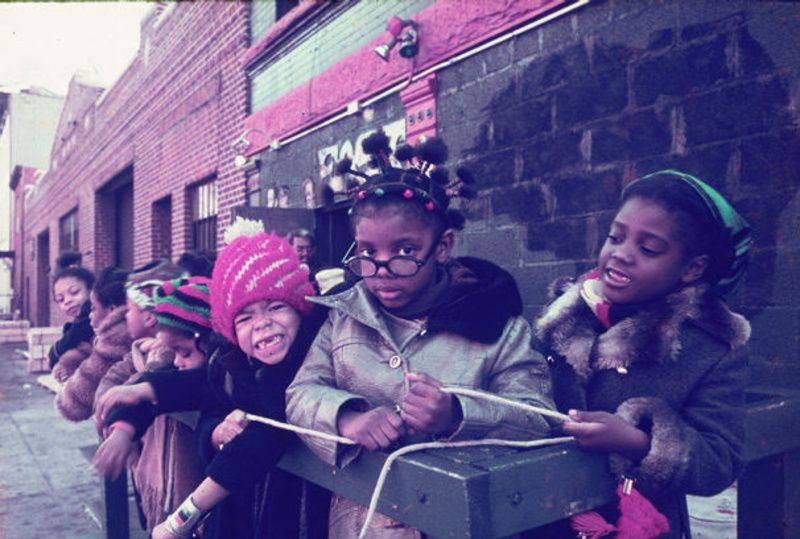
The East was born out of the powerful Civil Rights era, just at a time when people needed hope and inspiration to see that they could make a difference. While it became a meeting place for powerful movements like the Black Panther Party and the Congress of Afrikan People, the heart of The East always lies in the people that nurtured it. “The East showed how ordinary people can work collectively to build longstanding institutions and community for themselves, with an ongoing generational impact,” Gordy Giwa explains.
Many of the people who were involved in those early days went on to become strong role models for the Black community, opening businesses and inspiring others. Fela Barclift, a former Uhuru Sasa teacher, found her love for teaching through The East and went on to open Little Sun People. The preschool is stocked with Black children’s books that Barclift herself wrote to fill a need that at the time was not even being considered, and the entrepreneur still hopes to one day open an elementary school to continue spreading the message of Black unity. Former Uhuru Sasa student Dwana Smallwood grew up to open the Dwana Smallwood Performing Arts Center which catered to lower-income needs in a world where Smallwood believes those gifted in dancing should be able to dance.
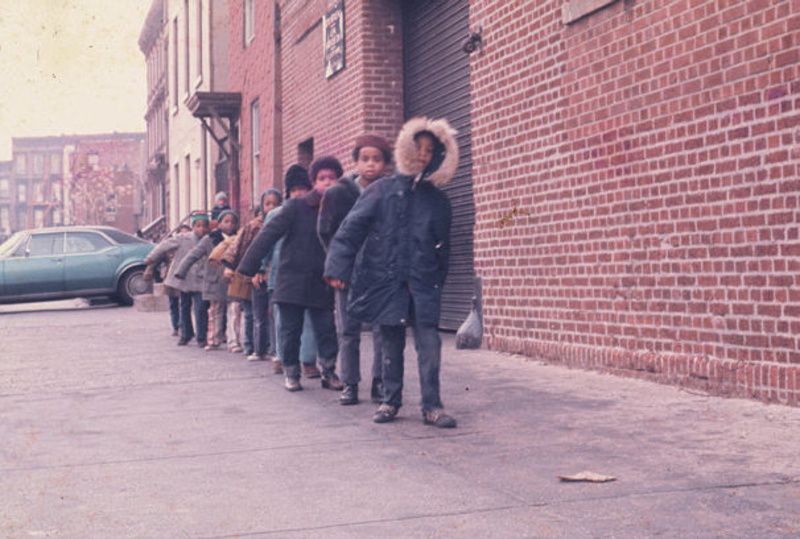
Stories like these are common among those touched by The East. “From the day we first released our film trailer, we’ve received emails from people who were involved in The East in the 70s and 80s explaining how the organization deeply impacted their self-image as Black people, and how that impact has lasted their entire life,” says Giwa.
The Sun Rises in The East is the first feature-length documentary to showcase the legacy of the organization. The film is a series of interviews with former founders, members, and students, as well as a few older interview clips of the leader Jitu Weusi. It tells the story of The East and what it accomplished for the Brooklyn neighborhood as well as the broader local community, but it also touches on the struggles of the group and what led to its eventual dissolution.
The Sun Rises in The East has won awards at the Bushwick Film Festival, The People’s Film Festival, and the Africa Movie Academy Awards. It has been selected for a variety of other film festivals and has had sold-out screenings at Film at Lincoln Center and the Brooklyn Academy of Music. The film is also now available for viewing on Amazon Prime Video, Tubi, YouTube Movies, and Google Play, further hammering home the documentary’s impact and relevance today.
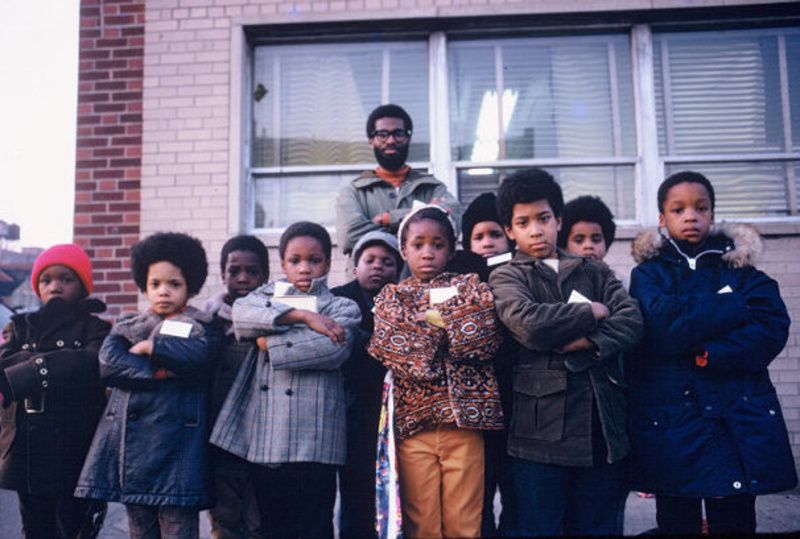
The neighborhood of Bedford-Stuy has changed in many ways since the golden days of The East in the seventies. While in 2000 it had a population that was 75% Black, as of 2019 that percentage has dropped drastically to 45.6%. The sun most certainly rose on The East in the seventies, and while the organization has since disbanded, the sun has never truly set on it. The legacy of its existence is alive in the Black community and the lives of those who were once touched by it. It can be felt in the many Black-owned businesses standing proud still today. It can be seen in the minds of students who went to Uhuru Sasa. It can be heard in the saxophone playing of those who attended the seventies jazz concerts and decided they too could make music. Neighborhoods change and the blocks of Bedford-Stuy will never look the way they once did, but the changes The East brought to those who lived there will live on in generations to come, no matter where they are. And as those people can tell you, the sun will never set on The East, it will only keep rising.
Next, check out these 36 Black History Sites to See in New York City


